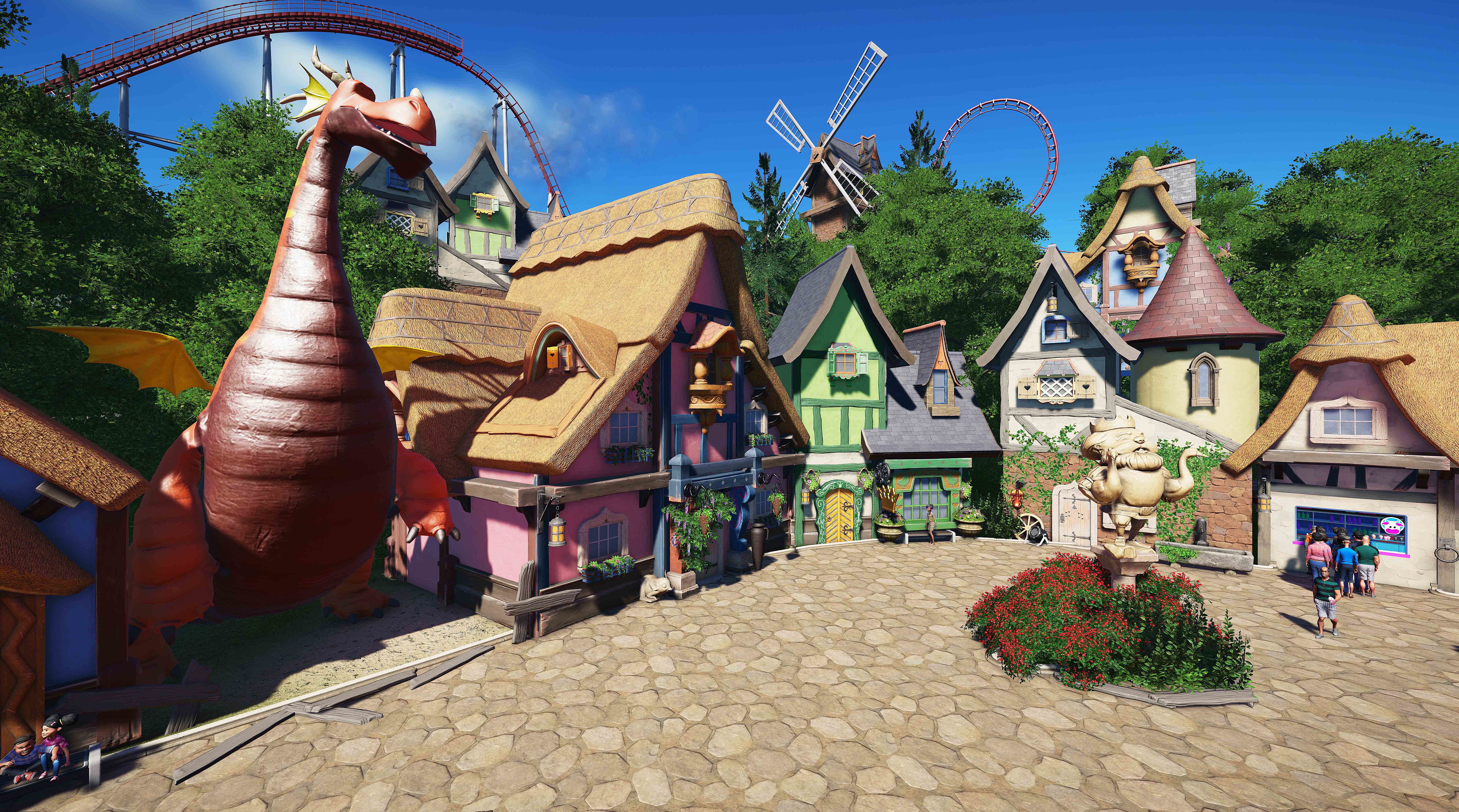


Shops are currently limited to one of each type. Parks look absolutely gorgeous at nighttime. One thing Planet Coaster absolutely gets right is the lighting. There are a handful of currently disabled game systems that are issues of concern as well. Mainly, it comes down to a bunch of little areas in terms of the available content. However, I still think there are some areas of concern where Planet Coaster is currently lacking. The framework for an excellent game is mostly in place. Putting a coaster in a flat, empty field just doesn't make for a very entertaining experience.Īs far as what I would expect from a theme park game, all of the core elements are there (or nearly there) as well as a few nice innovations and improvements. Every ride has a percentage score for how much scenery you need before it's up to snuff, and the rides require a degree of scenery as well. Guests want to see more than a bland queue in an empty field. Scenery also factors into your rides from the perspective of the guests. You can use these to give your park's heavy hitters the sort of branding that you would see at any modern theme park. For example, there's a set of "Chief Beef" signs centered around a police theme. Additionally, they've created "themed" scenery useful for naming rides. If you mix lights of different colors they will also blend appropriately a blue light overlapped onto a yellow light will result in a green light where they meet. You can overlap spotlights and they just work - the light blends seamlessly and acts pretty realistically. This flexibility also extends to more dynamic elements like lights. Want to put a little lantern on top of the rocks? Knock yourself out! Lean a wagon wheel against it! Go nuts! An "autocomplete" feature sorts out the aggravation of trying to finish those last few pieces of a rollercoaster with a simple click. If you wanted to make a pile of rocks, you could just stick a bunch of them together and it just works. The game provides you with ten or so different rock models of different sizes. Say, for a moment, that you wanted to place a bunch of rocks everywhere. The scenery in the game is also very versatile. You really have a wide range of possibilities with this system. Shops are just little cubes with a register, and you can place this into a much larger structure to make it look cool and stand out more. You can completely customize the "station" of a rollercoaster and make it an enclosed building. Mainly they're scenery, but they're arguably one of the most powerful parts of the scenery. These are custom standalone structures that you can use to make your park look unique (and it's much more flexible than RollerCoaster Tycoon 2's take on the idea). Still, this is a minor quirk that isn't a huge showstopper.Ī useful addition to the game is the concept of "Buildings". More often than not, I'd prefer to just completely level out a track and have it go straight but for some reason, it continues to fight me and attempt to arc upwards rather than flatten out. Sometimes it guesses correctly and sometimes it doesn't. During construction, the game will sometimes make a guess at how you would like to continue your track. You can bend and twist the track within a very broad system that doesn't necessarily operate solely on pre-fabricated pieces. As they stand right now, they're pretty good. Arguably, the meat of any rollercoaster game is how well the coaster-building mechanics work. Planet Coaster's building system allows for you to make each park look unique and special - even if it's just the restrooms! Suffice to say, I was quite obsessed with it, and I'm approaching this preview from that perspective. There was a time in my life when this was all that I played to the exclusion of everything else. I've never played RollerCoaster Tycoon 3, but I have a few dozen hours in RollerCoaster Tycoon 2 and hundreds of hours - possibly over a thousand - in the original game and its expansions. It's important to understand my experience with this genre for the sake of context.


 0 kommentar(er)
0 kommentar(er)
